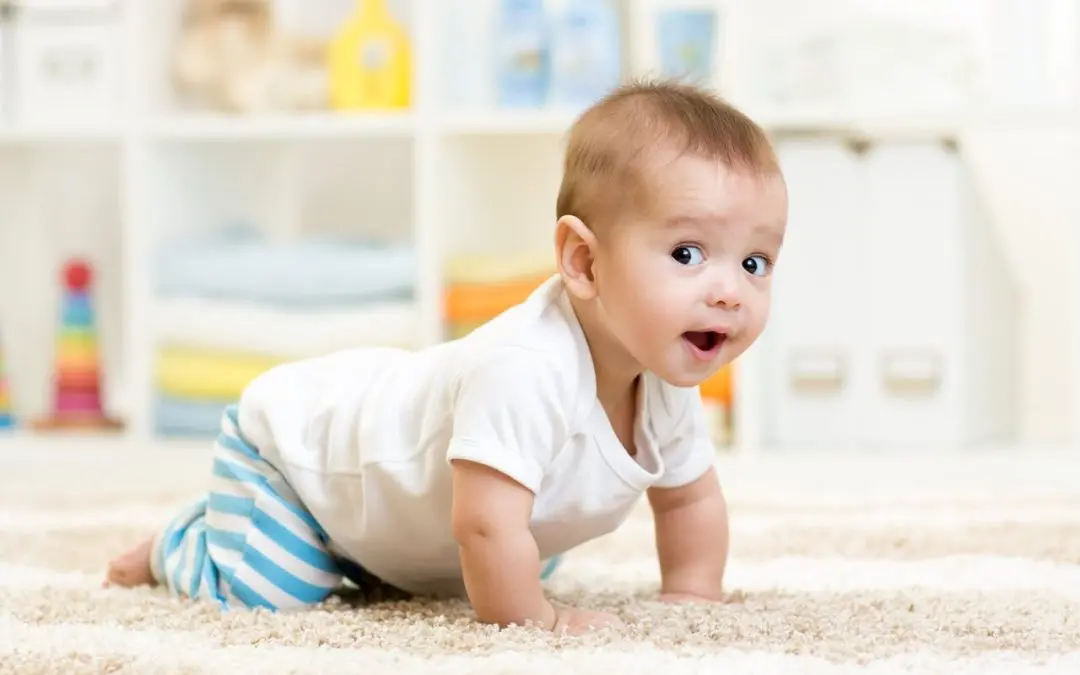Welcoming a new baby into your home is an exciting time. Still, it can be stressful, especially when ensuring their safety. Babyproofing your living spaces is an essential task every parent should take seriously. Here are some ways to babyproof a home:
Cover Electrical Outlets
Electrical outlets can be a major hazard for babies who like to explore. Purchase outlet covers or plates to cover all electrical outlets.
Install Baby Gates
Baby gates are essential to keep your baby out of dangerous areas such as stairs, kitchens, and bathrooms. Be sure to install them at the top and bottom of all staircases and in doorways leading to rooms you want to keep off-limits.
Lock Cabinets and Drawers
Install child-proof locks on all cabinets and drawers that contain cleaning supplies, sharp objects, and medications. Be sure to keep all hazardous items out of reach of your baby.
Secure the Furniture to Babyproof Your Home
Babies love to explore and climb, so securing all furniture to the wall is essential, including bookshelves, dressers, and entertainment centers. As infants learn to walk, they often use furniture to pull themselves into a standing position. Make sure your furniture is secure so that it won’t topple over.
Babyproof Your Home: Eliminate Choking Hazards
Keep small objects out of your baby’s reach, including coins, buttons, and toys. Vacuum frequently, watch your child while playing, and avoid buying toys with small parts.
Remove Toxic Plants
If you have toxic houseplants in your home, remove them or keep them out of your baby’s reach. Some common but hazardous plants include poinsettias, lilies, and ivy.
Install Window Guards to Babyproof Your Home
Windows are a significant hazard for small children, especially windows on higher floors. Install window locks and grates or guards to prevent your baby from falling.
Babyproof Your Home with Door Stoppers
Babies love to explore and can easily pinch their fingers in doors. Close the doors to rooms you aren’t using and place door stoppers to prevent doors from closing completely.
Adjust the Water Temperature
Set your water heater to 120 degrees Fahrenheit or lower to prevent burns. Test the water temperature with your hand before placing your baby in the bathtub. Purchase a bathtub thermometer to verify the temperature of the water.
Monitor Small Children
The best way to keep your baby safe is to keep a watchful eye on them at all times. Be sure to monitor your baby and never leave them unattended. Install baby monitors in the baby’s room – overlooking the crib – and in play areas.
Babyproofing your home is a crucial step to ensure the safety of your little one. Following these tips creates a safe and secure environment for your baby to grow and explore.
Esham Inspections offers home inspection services to customers in Maryland and Delaware. Contact us to schedule an appointment.

